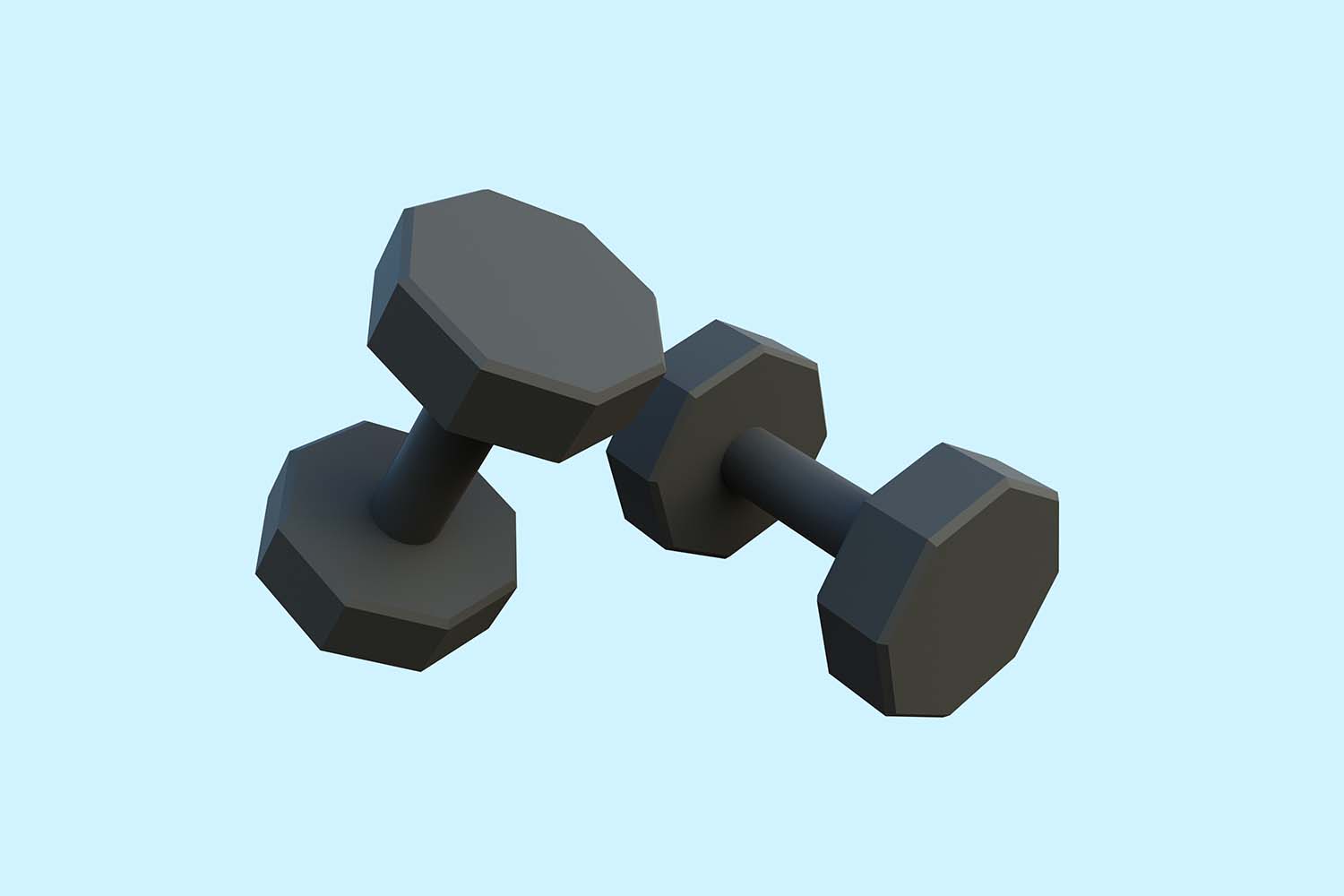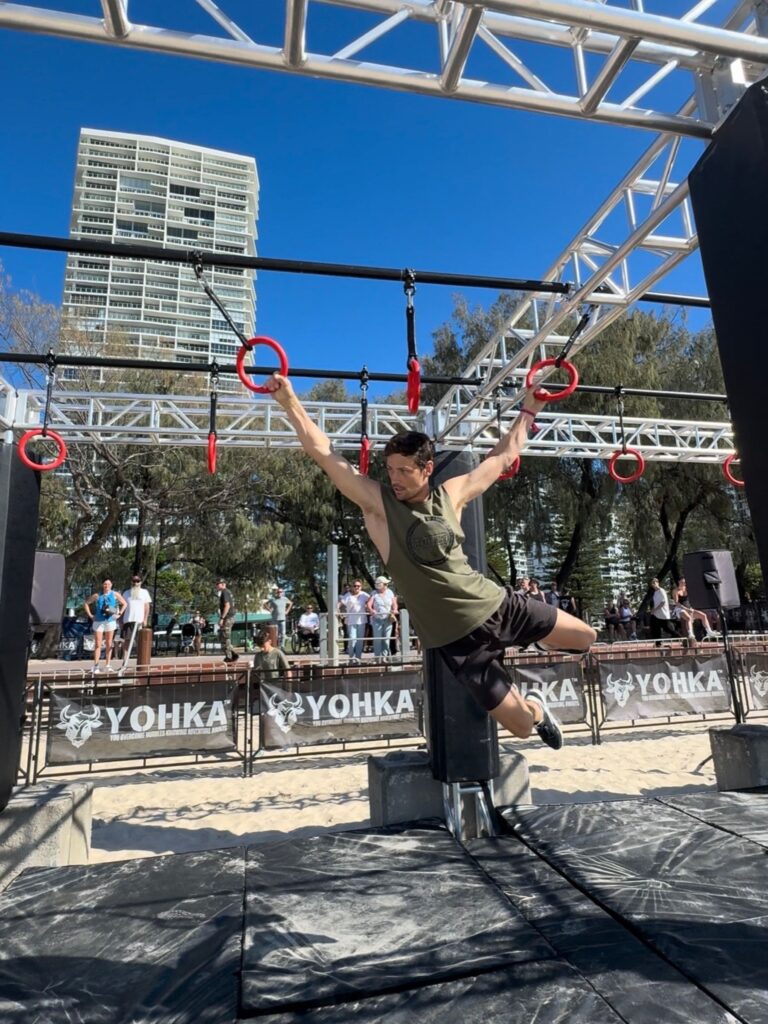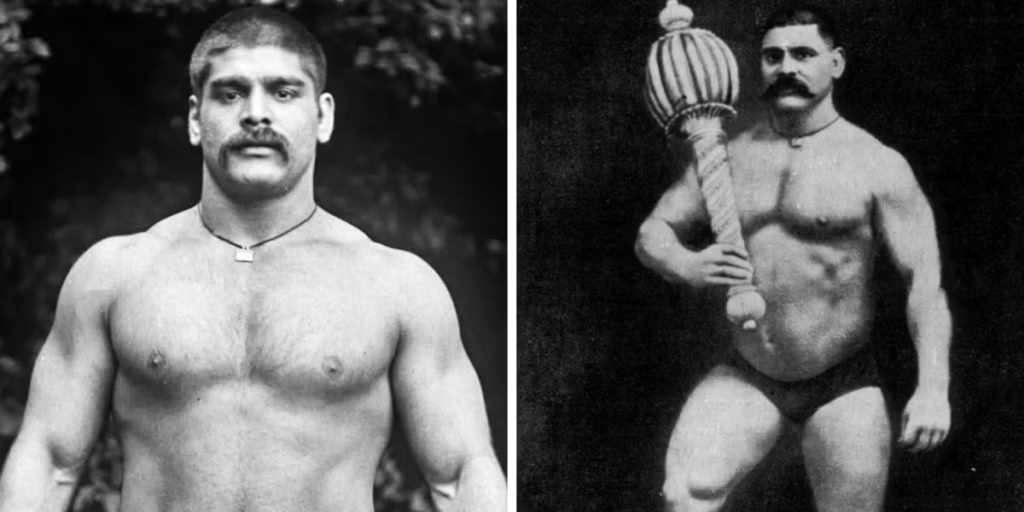The new year is here and it’s looking mighty promising. So, what do you need to turn that list of goals into reality? A strong inner game.
The muscle you need to flex to be your best isn’t one you can see in the mirror. But, trust me, when you begin to build your EQ (that’s emotional intelligence), you’ll see gains in every area of your life. In fact, research shows that high emotional intelligence is a strong predictor of success, accounting for a huge 80% of the skills of top performers in the workplace, and it’s been linked to increased physical and mental health, too.
Emotional intelligence is your inner superpower – it’s your ability to not only recognise and consciously navigate your own emotions, but better understand how others experience their emotions and react to yours, too. This athlete-level self-awareness is built by developing strength and flexibility in your sensing, feeling and thinking capabilities.
Like your physical muscles, EQ needs consistent work to keep it in top shape and propel you to greater heights. So, here’s a few inner workouts to try in 2022.
Workout #1: Sensing
Like an inner-thigh muscle you didn’t know existed until a particularly gruelling Pilates class, sensing is an aspect of EQ that you use all the time but rarely acknowledge. It’s that experience of walking into a room and feeling a thick layer of tension between the two people already there, or just getting an inkling that something big has been discussed a moment earlier.
Most of the time you probably shrug it off, but tapping into this aspect of EQ can help you better navigate complex situations, prompting you to seek clarity and certainty to take factual action. The result? You develop greater empathy for those around you and deeper confidence in yourself.
To work it, try to notice when you sense something like joy, secrecy, sadness or tension. Rather than assuming you know what’s going on, ask yourself what (thoughtful and tactful) question you might ask to gather the facts before you make your next move. For example, you might sense that your friend or colleague isn’t quite themselves. The best question you could ask here could simply be ‘Are you OK?’ to open up a conversation where you can offer support.
The gains: Sensing requires you to be really present in the moment so that you can pick up on those unspoken emotions, so it’s a great tool to put aspects of mindfulness into practice. Taking care in how you respond will also make you a better, more empathetic friend and a skilled communicator.
Workout #2: Feeling
You have all the feels, all the time – but when you develop your EQ, you’re not ruled by them. Flexing your feeling capability means being able to carve some space between the emotions you’re having and your reaction to them. Sounds simple, but when you’re in a full-on anger spiral, it can be hard to step back and take stock.
Here’s how to start working on it: Next time you’re dealing with a drama, take a moment (or five) to pause, name your feelings and consider possible responses, rather than the rubber-band reaction you may usually fall into. Perhaps you’d rather go for a walk to clear your mind, or it’d feel therapeutic to journal and get out of your head what’s going on before you shoot off a snarky text message. Yep, it’s going to feel uncomfortable because you’re building a new muscle, new actions and behaviours, but choosing to pause here makes all the difference.
Feelings aren’t always this extreme, though – developing this aspect of EQ also means acknowledging that some days you wake up ready to rule the world, and other days your energy and motivation dips. Rather than operating on autopilot, try tuning into how you feel every morning (meditation is a great tool for this) and adjusting your inner talk and schedule to suit. Owning your human-ness and getting great at being your best means knowing it’s OK if you don’t feel up to a jam-packed day or a HIIT session at the gym first-thing. Accept where you’re at and be kind to yourself, however you show up.
The gains: When you have your emotions rather than your emotions having you, you learn that there are multiple ways to respond to a feeling – not just one, well-worn path. This helps you get to know yourself more compassionately and allows you to develop powerful inner strength as you move away from shaming and judging your feelings to accepting that they exist, knowing they will pass, and embracing who you are.
Workout #3: Thinking
If sensing is the invisible muscle, thinking is our bulging bicep! We use this one so often it’s like breathing – the stretch here is thinking in new ways and diverting from those hard-wired beliefs.
Thinking is our logic, analysis and threat response at work, but often we prioritise thinking over sensing and feeling. For example, when we’re in thinking mode, we tend to make sense of complex situations by coming up with a story to explain it. We assume we know how others feel or how they’ll react, and we use past experiences to manage our expectations around future goals. Problem is, that story you created isn’t always true – and if you keep dealing with things the same way you always have, you might end up missing out on exciting opportunities or possibilities you never imagined.
Your flex here is to spread the love and get these three great EQ muscles working together. This will help you gather the facts and open the door to opportunity.
So, here’s one way you can practise activating sensing, feeling and thinking together: If you’re going into a work meeting thinking that your boss will turn down your big idea, first, challenge yourself to consider what facts you have that she will respond this way (you’re after facts, not stories, remember!). Use the power of a pause to step back from your emotions around this. Decide that you’re willing to be proven wrong: Do you really know your boss will turn you down? What other outcomes could happen? What action would you take if that wasn’t your belief? Then, when you go into the meeting, activate your sensing muscle to read the room and present with clarity and confidence. Take responsibility for asking for what you need, listening carefully, and creating a win together.
The gains: Ultimately, this one’s a huge time and energy saver. When you get into the habit of quickly establishing the facts of what’s really going on – not just the story you’re telling yourself – the actions that you take will help you grow and create even greater outcomes. That’s way more powerful and efficient than spending hours worrying about what the scenario could be. It’s about investing your energy into what could be possible rather than what isn’t.















